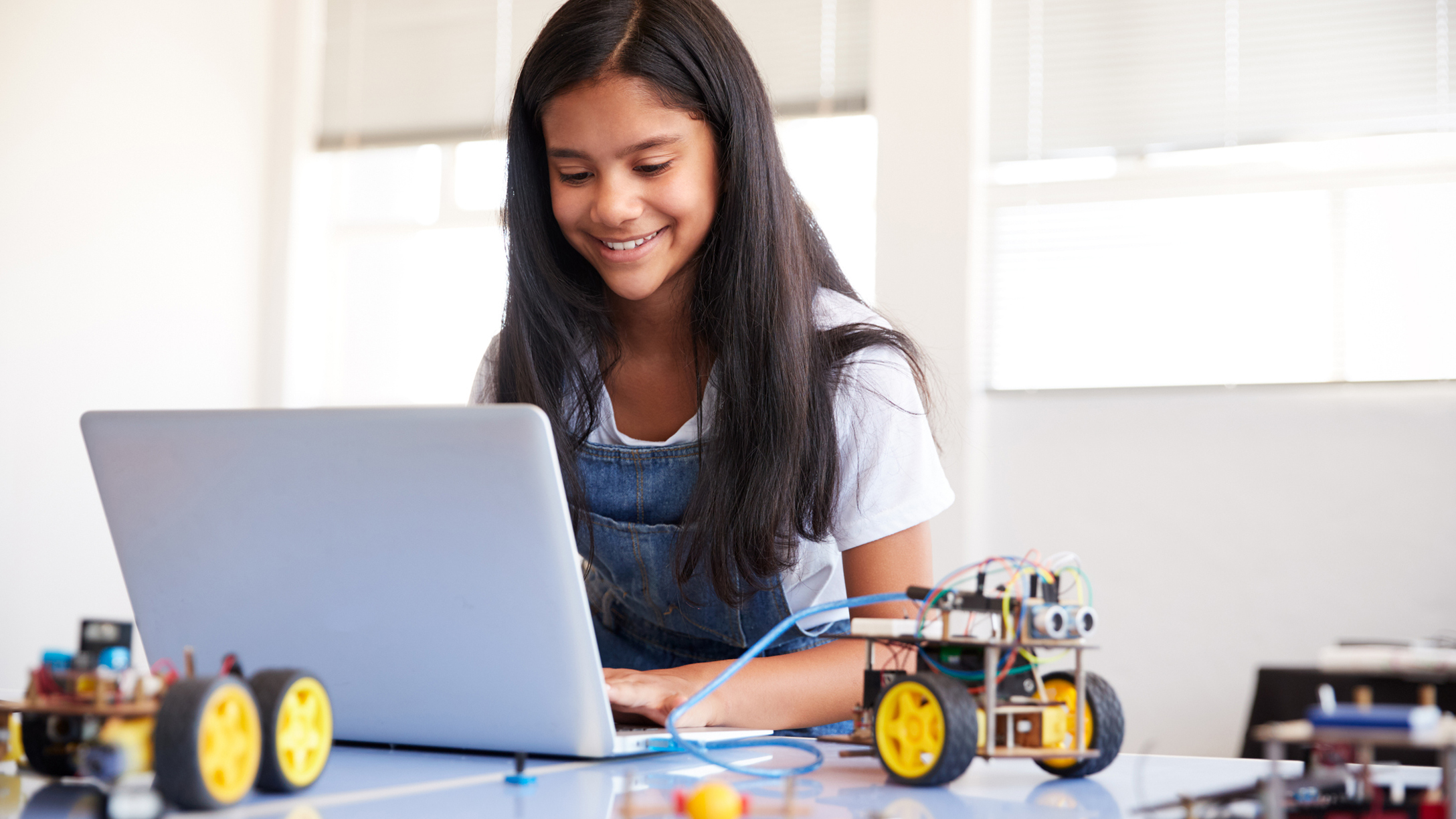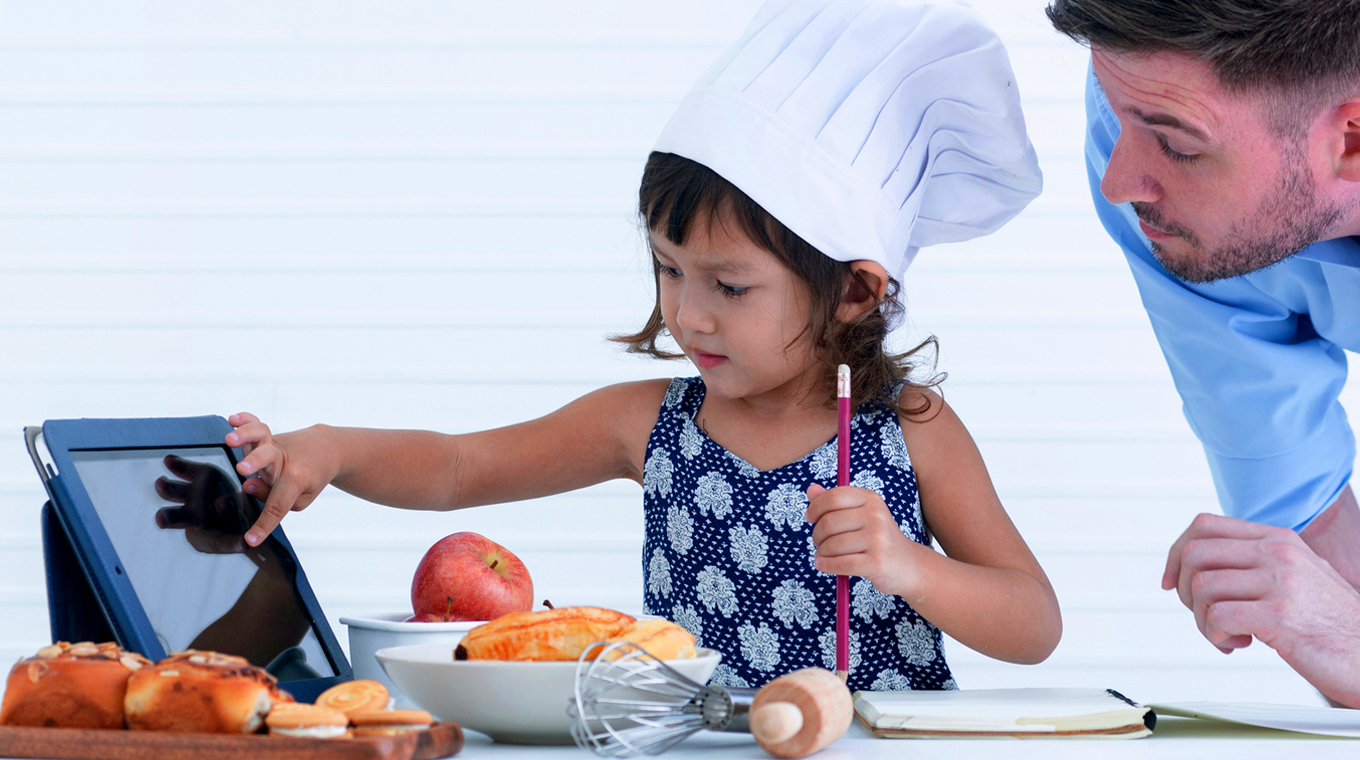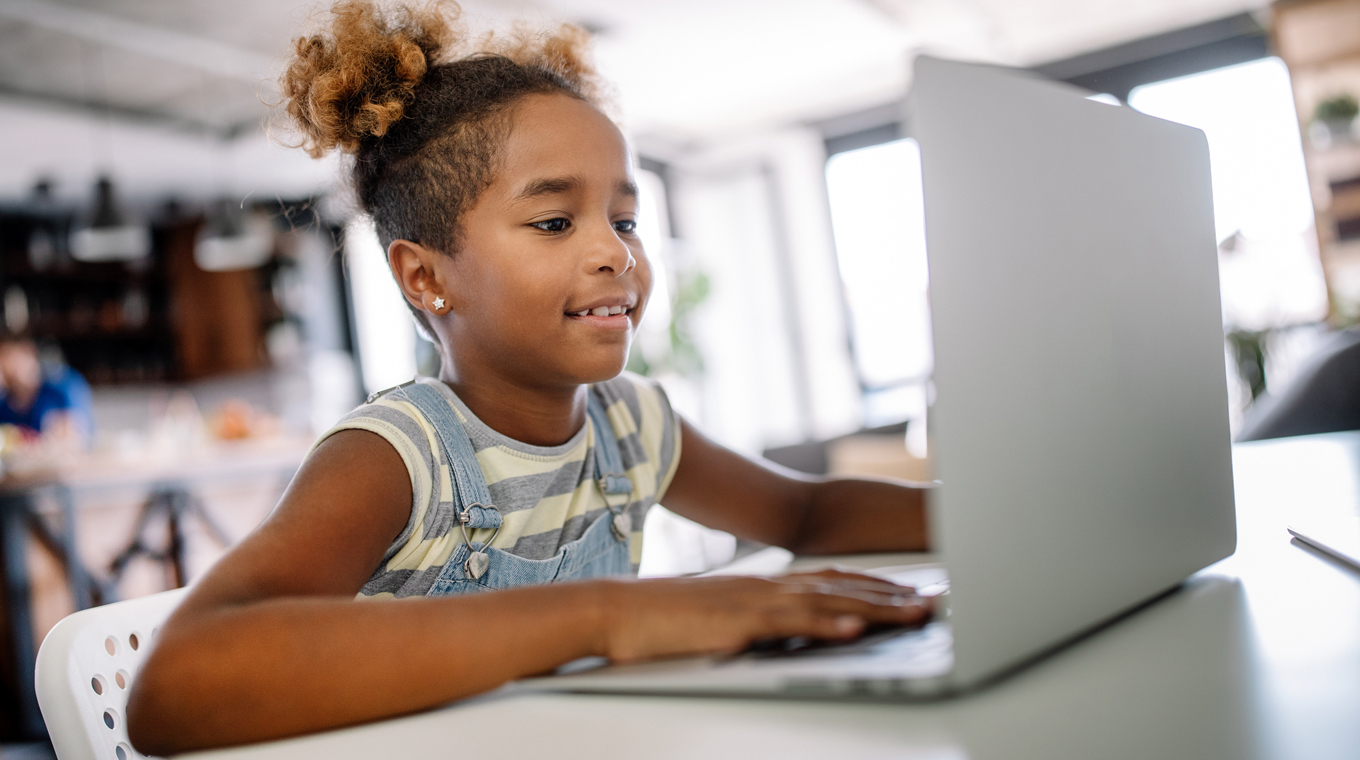
In this article
COVID-19 forced schools to move some if not everything to online platforms last spring. Many schools just closed for the remainder of the year, while teachers and administrators figured out what the next steps would be.
The result is an overwhelming concern by parents that their children are falling being for their grade level. In fact, a poll from The Education Trust says that 9 out of 10 parents are worried about their children falling behind.
The concern is real. Many parents don’t have the resources or experience to support their children in a virtual learning environment. The same study says that approximately 51% of parents report challenges during distance learning. If you’re concerned, there are some things you can do to help make sure your kids don’t fall behind because of the pandemic.
Keeping online school active learning

“Active learning” is defined as any approach to instruction in which students are asked to engage and actively participatee in the learning process. Brain development expert, Dr. Jennifer Windward warns that if kids passively go through lessons, they won’t retain the information.
Instead of just reading the screen, she suggests taking a more active approach. “Taking notes, highlighting text, and writing questions in the margins are all signs that a student is paying attention and engaging with the material,” Winward told Mom.com. “Teachers can still encourage these hallmarks of active learning by providing printed worksheets or emailing documents for students to print at home.”
Parents then need to make sure that their children are printing the items out and completing the tasks. Active learning is a skill required for preschoolers all the way up to high-schoolers (even college students). Review the notes with your child as a way to check their understanding and keep them accountable.
Create your own hybrid learning environment

You can’t control how the school will present the curriculum, but you can take the time to make some of the learning more interactive. Find age-appropriate enrichment activities that help bring the home classroom to life.
This might include putting on a history play where your child might use stuffed animals as the characters and read through their parts in different voices. Incorporate baking and cooking to help with math and science lessons. Make simple STEAM projects such as a marshmallow catapult with rubber bands. Supplement studies with music and/or art lessons and make singing or learning to paint part of the lesson plan.
The bottom line is not to rely on the curriculum as the only opportunity for your child to be engaged in learning. If you can’t think of a creative thing to do at home, ask your teacher for some ideas. They’re pros and should be able to give you ideas based on the lessons.
Maintain a growth mindset

For parents trying to balance it all, it can be hard to think about anything other than just getting through the lesson plan. Windward reminds us that kids who have a growth mindset love to learn and that attitude can make all the difference.
“In any quality learning experience, students should be encouraged to learn from their mistakes,” she told Mom.com. “This could mean students are asked to redo questions they got wrong, write every single step to a math equation, or revise an English paper several times to ensure every spelling and grammar mistake is fixed.”
But the growth mindset goes beyond this — it’s also about reteaching things to show understanding. “Another effective technique is having students explain a concept in their own words or teach it to a sibling. This process pushes students to review material until they feel confident that they understand it well enough to explain to others,” Windward explained.
It can feel like extra work to do some of these things, but parents will have an easier time getting kids to sit down and do the work if they are engaged and feel like they are doing well. It’s also important to be kind to yourself as a parent. You might not do everything correctly when it comes to homeschooling or virtual classes, but learning from your own mistakes could be a great lesson for your kids as well.







